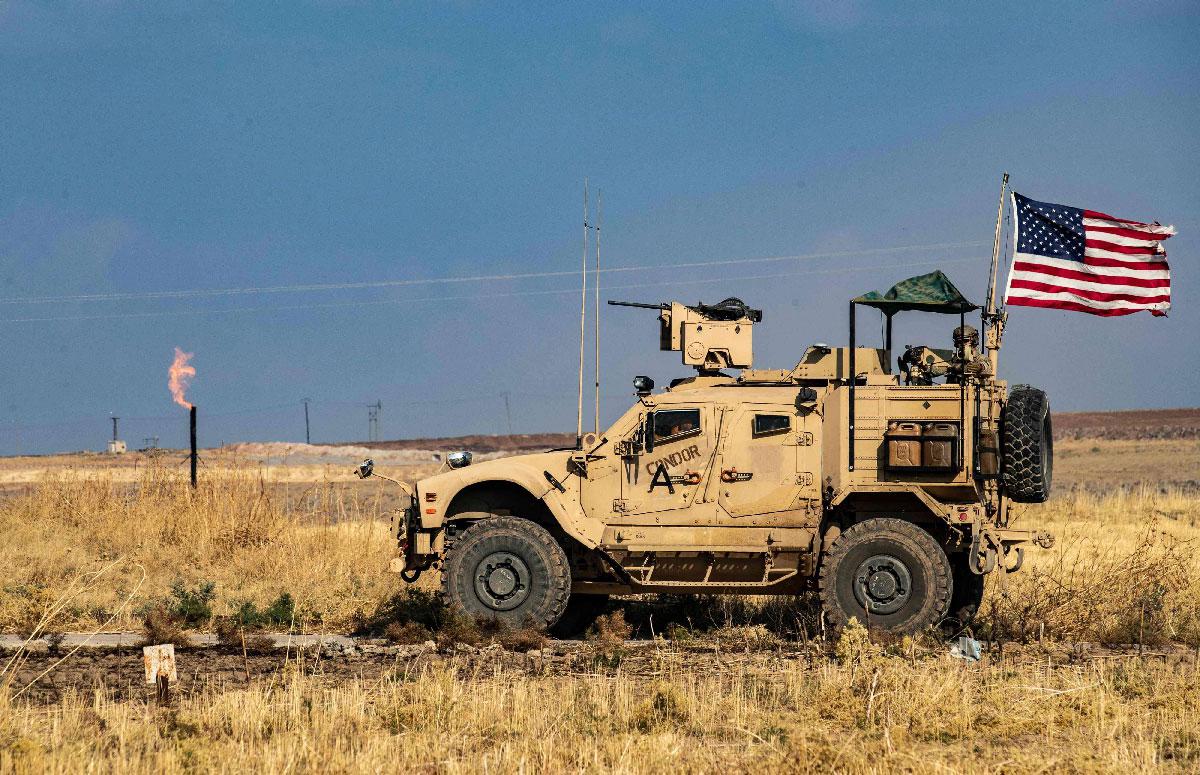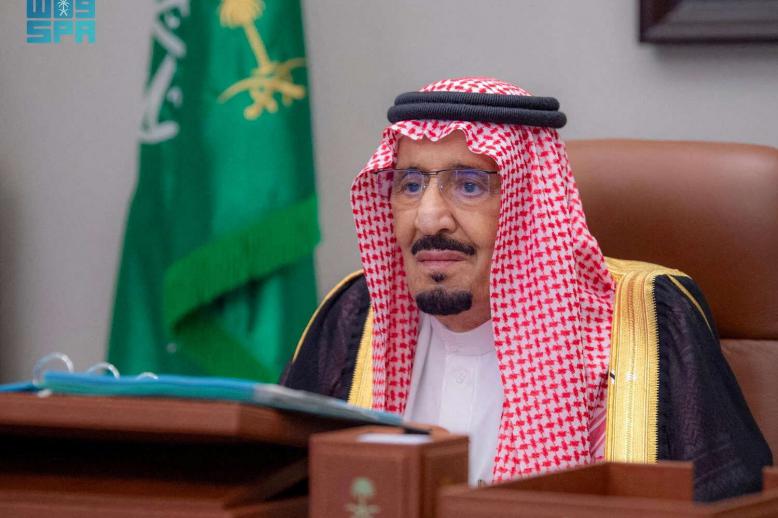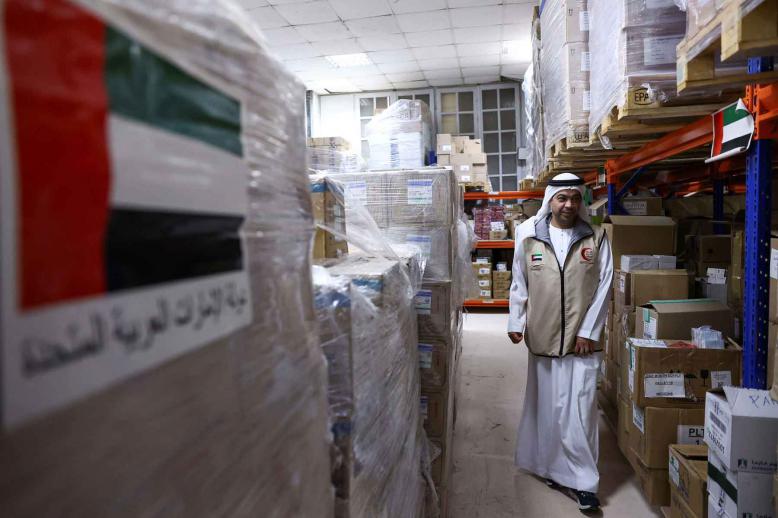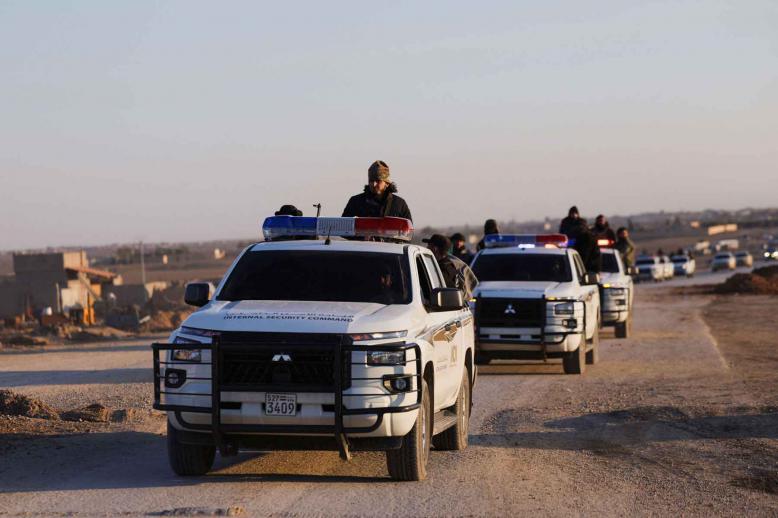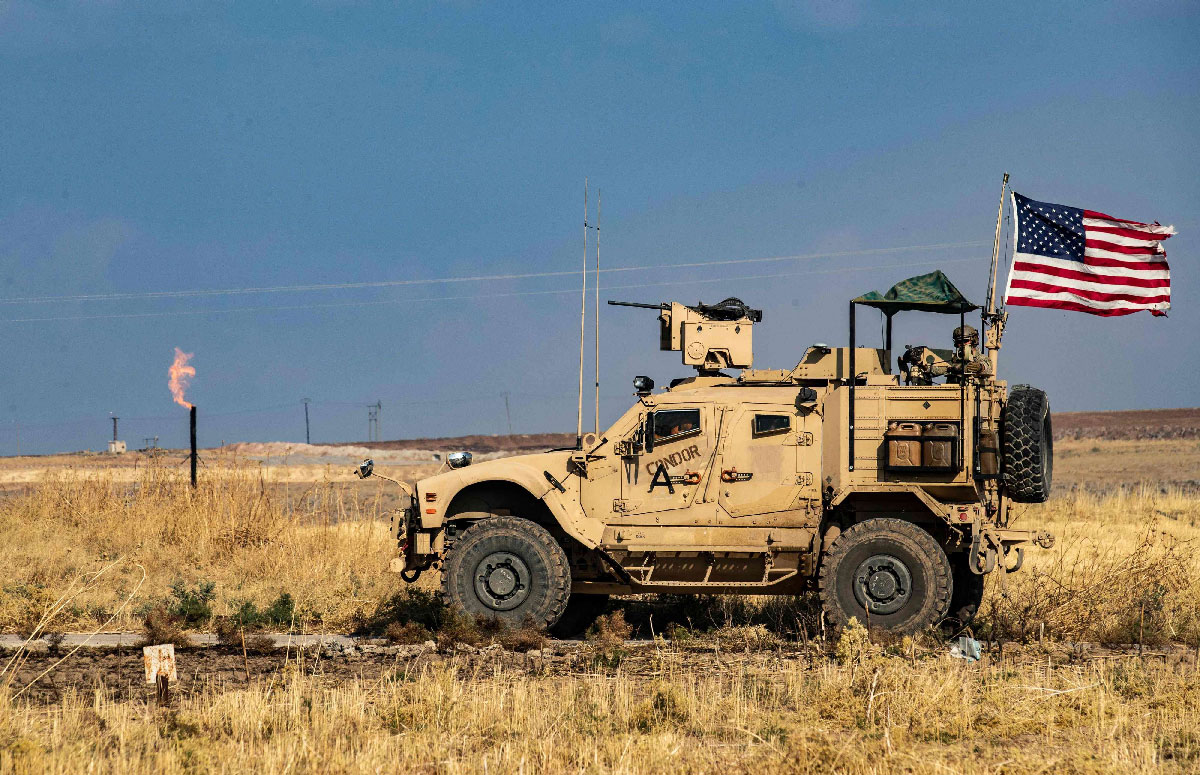East of Euphrates, US troops are isolated and friendless
A popular American movie in the 1980s portrayed a friendless and beleaguered police unit trapped in a crime-ridden New York neighbourhood. The police manning Fort Apache, the Bronx were condemned to confront forces much more powerful and persistent than anything they could muster. Deployed as a symbol of the state’s determination to impose law and order, the forces in Fort Apache became hostage to a population that viewed them as the enemy.
To the men and women from the 30th Armoured Brigade Combat Team US Army National Guard from South Carolina, recently deployed to occupy the oil fields in eastern Syria — Welcome to Syria’s Fort Apache!
Washington has no intention to surrender its presence in Syria despite US President Donald Trump’s order to retreat. His surprise agreement with Turkey to withdraw US forces east of the Euphrates has, however, been transformed into a redeployment of US forces to the oil-producing regions of Syria east of Qamishli near the border with Iraq and south-east of Deir ez-Zor.
US officials have gone to great lengths to portray the takeover of Syria’s oilfields as simply business as usual but Trump’s decision to sell out its partner forces of the Syrian Defence Forces (SDF) is a fact that cannot be undone or, as the United States would seemingly have it, be simply wished away.
Everyone — except Washington — is taking seriously the opportunities as well as the complications afforded by Trump’s precipitous and ill-considered actions. Russia is yet again at the centre of multilateral efforts to establish the diplomatic and security foundations for consolidating the government’s pre-eminence. It is moving into bases abandoned by the United States and setting up coordination centres with the SDF.
The United States continues in different and less disciplined directions.
The most recent example of this American affliction is the bizarre policy adopted by Washington towards the SDF after Trump’s deal with Erdogan. Trump’s action broke the back of the alliance linking the SDF and the United States but Washington proceeds as if nothing has changed.
“What’s happened has happened,” explained outgoing US Deputy Assistant Defence Secretary for the Middle East Mick Mulroy. “So, I think now we have to focus on the residual presence and making sure that the SDF sees us as a full and committed partner.”
Really?
Having missed an opportunity to leverage US support for a deal with Damascus over the last year-and-a-half, the SDF, after Russian President Vladimir Putin’s orchestration of agreements with Damascus and Ankara, has lost its ability to remain an independent actor on the Syrian military and political scene. Its military positions are slowly but inexorably being assumed by the Syrian Army, which will integrate most SDF forces into its command structure.
Many military, police and governmental units of the SDF will be incorporated into the Syrian national institutions and its assets will return to the state.
So, for example, on October 30 the Syrian Ministry of Defence called on SDF fighters to join its ranks to counter Turkish attacks in north-eastern Syria. The ministry promised to welcome all SDF fighters.
“We are in Syria facing the same enemy, we and the sons of unified Syria of Arabs and Kurds should sacrifice our blood to restore every inch of the lands of beloved Syria,” the ministry declared.
The Syrian Interior Ministry released a similar statement, welcoming personnel of the SDF’s security forces to join its ranks.
This reintegration of the Kurdish fighters, administrators and educators is not a process that will happen overnight, as Syrian President Bashar Assad has acknowledged, but now, more than at any time since the outbreak of the war in 2011, the forces compelling such a rapprochement have never been stronger.
The trajectory of relations between the SDF and the central government in Damascus is clear and the small space that exists for an American strategy based on an alliance with the Kurds, who have been forced to understand that a loveless reconciliation with Damascus is their only viable option, has disappeared.
The US Congress and the US State Department are all but oblivious to this fact. They talk and act as if the SDF and the effectiveness of a Kurdish-US alliance have not been fatally compromised by Trump’s actions. They pretend that almost nothing has changed when indeed everything has changed.
The Pentagon, which bears the most responsibility for Washington’s Syria campaign, cannot, like the rest of the country, simply play chess with itself. Even before the latest upheaval, there were isolated voices suggesting that Washington’s counterterror strategy might require an eventual rapprochement with the regime.
If the best remedy for defeating the Islamic State, et al., is the expansion and consolidation of state authority and its return to ungoverned spaces where such forces flourish, then there is at least a case to be made for supporting Damascus’s remit throughout the country.
However, there is no reason to believe that anyone in Washington is prepared to make that argument, despite the fact that the US decision to force the SDF into the steely embrace of the regime is the biggest territorial boost enjoyed by the regime since the war commenced.
Instead, ignoring the importance of its recent actions, the Pentagon remains committed to frustrating and impeding Damascus and its allies in the “axis of resistance.” Whipsawed by the president’s scattershot policy pronouncements, Pentagon officials struggle to invent a coherent strategic rationale for the continuing deployment of US forces in Syria by pretending that the alliance with the Kurds remains a plausible anchor for the United States.
This latest of serial US blunders in Syria places Washington in an unworkable operational alliance with the SDF and its new friends in Damascus. US policy now is based upon overseeing the production of oil by the SDF — now working with Assad — for sale to its traditional customers — the regime!
The scriptwriters of “Fort Apache, The Bronx” would have rejected Washington’s policy in Syria as too implausible, even for fiction.
Geoffrey Aronson is a non-resident scholar at the Middle East Institute in Washington.
This article was originally published in The Arab Weekly.


